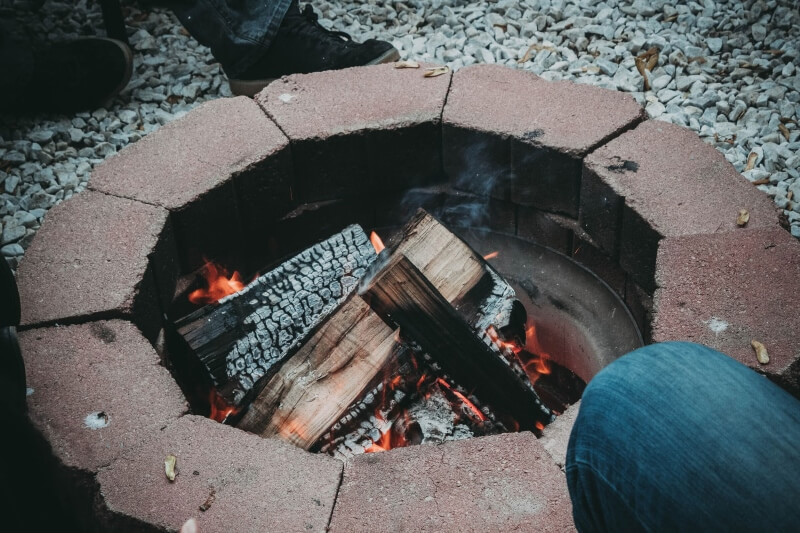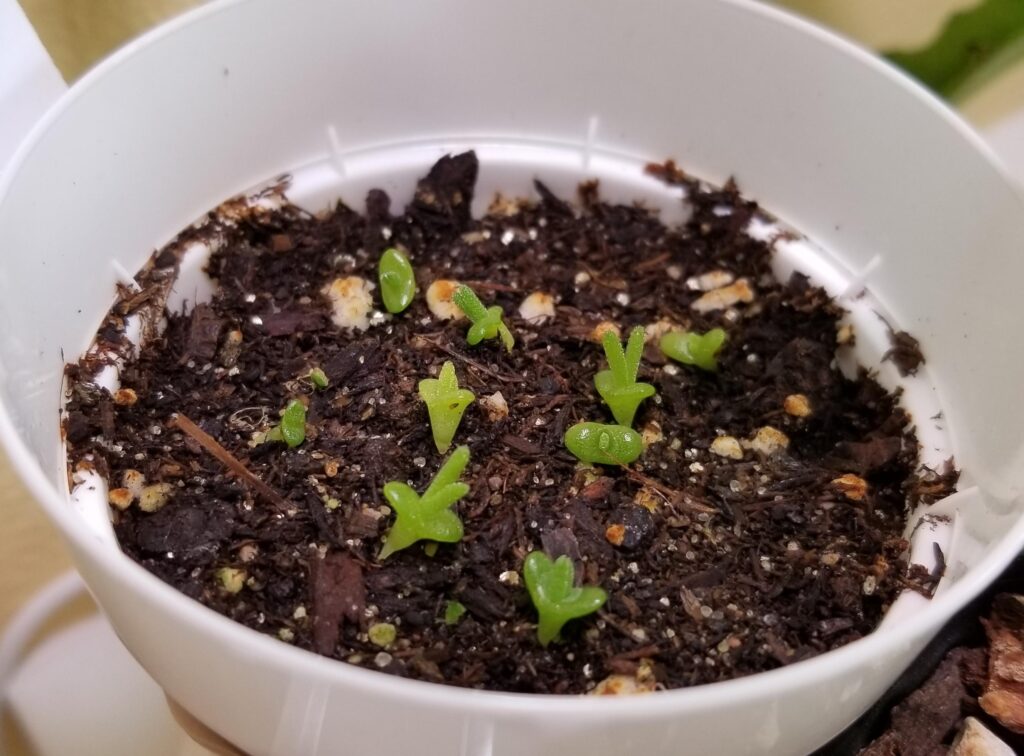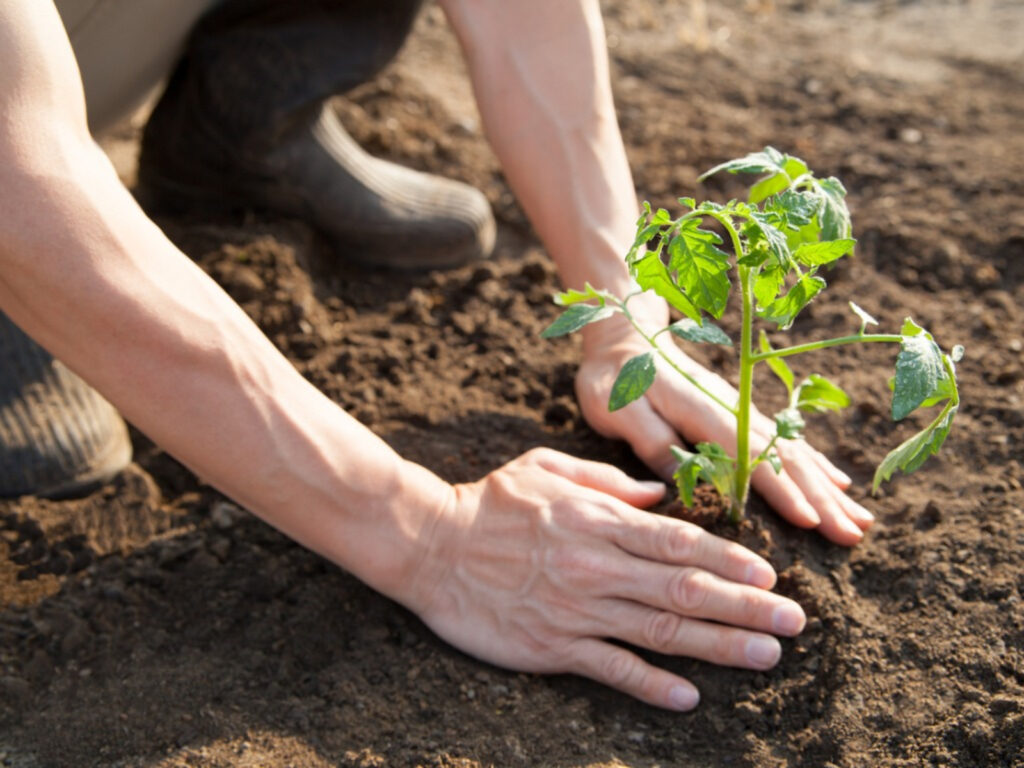
The first image that crosses just about anyone’s mind when a garden is mentioned is bright colored flowers and luscious green foliage. Rock gardens are also a thing and they are quite the spectacle. A natural-looking rock garden with solid, rugged rocks carefully arranged to accentuate the beauty of pinks and greens of a conventional garden is a scene so refreshing. It is said that the toughness of rocks complements the delicacy of flowers in a rock garden, hence its magnetism.
Learning how to make a rock garden is one of the most rewarding skills you’d have acquired in a lifetime. It’s not rocket science, and you can use it to transform your outdoor space into a low-maintenance landscape. All you have to do is come up with a design that favors your terrain then make a list of all the tools and materials you will need.
Just like conventional gardens, there are a few crucial considerations you must make before building a rock garden. As much as they usually appear rugged and natural-looking, a lot of planning and physical strength goes into making a rock garden. To avoid unnecessary losses and physical labor, you better sketch the design of your rock garden before moving a single stone.
When plotting the design you should consider:
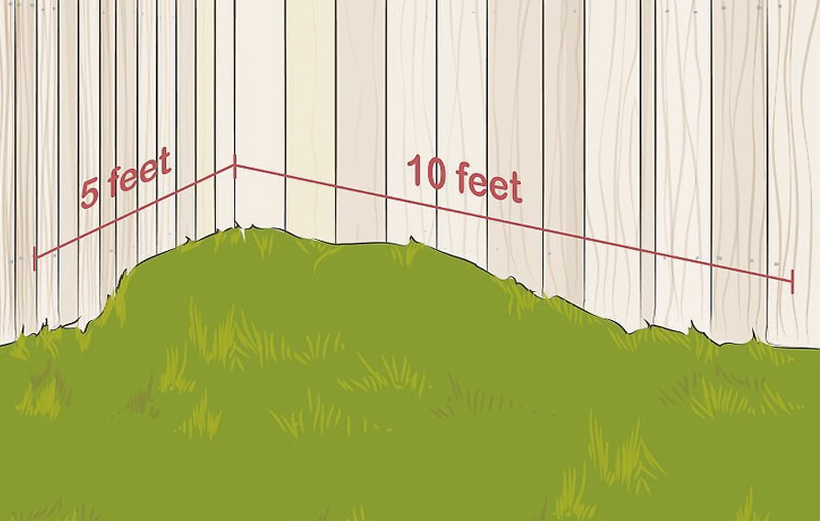
Once you have sketched your design come up with a list of everything you will need for building your rock garden. If you already own a farm toolbox, you will only need to buy stones and plants.
Some of the things you will need include:
Once you have selected the space for your rock garden in your yard or lawn you can begin preparing it. Most rock gardens tend to be a little elevated from the ground surrounding them. To create a raised bed, you have to lay down some rocks then cover them with soil.
If the space you have selected is covered with grass, then you best clear it up because the last thing you want is grass growing in and around your rock garden. You can dig up the grass before arranging your rocks or go the easy route of newspaper layering. You can use newspaper to cover the grass, then add some soil on top to hold them in place.
The layers of newspapers are a brilliant idea because they will decompose with time after suppressing the growth of the grass. It is also much easier compared to digging. In case you have been wondering how you can make a rock garden without weeds, Newspapers also work well to prevent weed growth.
Alternatively, you can lay some weed-resistant fabric on the ground. The fabric should be able to allow water to seep through but suppress weed growth. The HOOPLE 5Oz Weed Barrier Fabric is a popular option among top critics and gardeners. The premium landscape fabric is a famous go-to for many because it is easy to cut and install. It is also eco-friendly and is permeable to water and air only making it impossible for weeds to thrive anywhere it is laid.
You also need to plan the area’s drainage route. This is especially important if you live in an area with soil that doesn’t drain well. You can achieve this by removing a few inches of the top soil and mixing it with some gravel, rubble, coarse sand, or broken bricks. The coarse materials will help your soil drain water efficiently.
Now that the rock garden space is clear and ready for transformation, you can go ahead to find the most suitable rocks. Ensure your choice balances durability and beauty for you to get the most out of it.
You can get stones from your local landscaping or gardening stones. If they don’t stock anything that suits your tastes and preferences, you can source some from stone suppliers. The local gardening stores around you are likely to have a wide selection of small stones and rocks. As for the large rocks or boulders, you might be forced to reach out to stone suppliers.
After you have sourced the stones based on your garden size and design, you can start laying them down. If you have a small space then you can use the small stones you have gathered to create a raised rock garden bed. Here is how to make a rock garden bed; begin by creating your rock garden’s perimeter by laying out rocks in a circle or any preferred shape. A circle is highly recommended for the base. Be sure to use the bigger and less attractive rocks for the bottom layer.
If you have a large space and are interested in a sprawling rock garden, you can lay down the large boulders first.
After you are done with the first layer of rocks, add some soil to fill it up. Since plants that require soils with good drainage are used in rock gardens, you want to fill up the layer of rocks with some sand. If you can’t access sandy soil, you can add some compost and a little bit of sand to the clayey soil to improve its drainage.
When you are done filling the bed with soil, walk on it to ensure it is well packed down and settled in. At this point, the first layer of rocks is done so you can proceed to make the second layer. The second layer involves creating a smaller raised rock garden bed within the first one. Simply put, you need to make a circle with a smaller diameter than the first one.
There should be significant space between the perimeters of the two circles so that you can have some plants on it. The smaller circle should also be big enough to have a number of plants within it.
Since you used the larger and unattractive stones on the first layer, the second layer should be much easier as you will be using the smaller stones. This layer will be more visible and should therefore be done painstakingly for aesthetically appealing results.
Before moving to the next step, consider creating a river bed. You will need small boulders, juniper bushes, and a river bed stone to create a simulated river. Begin by placing the junipers at the top then work down to create a naturally flowing river that empties into a simulated basin. Use peat moss and fertilizers to set the junipers before digging out a river bed using their line as a guideline
Arrange small rocks along the river bed carefully in a footing to create a natural flow. If your area has a lot of roots’ undergrowth consider using a landscape fabric Trusted Source Landscape fabric - Wikipedia Landscape fabric is a textile material used to control weeds by inhibiting their exposure to sunlight. en.wikipedia.org to prevent the growth of weeds before arranging river bed stones on it.
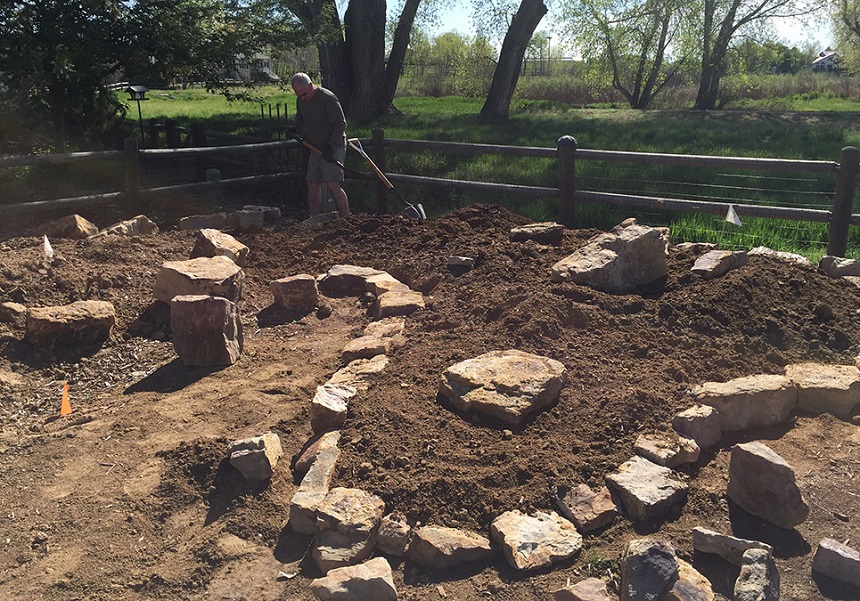
Although it is easier and better to choose your plants according to your color scheme, you don’t have to limit yourself to it. Plants are living things and how they look is determined by their health and well-being.
Besides color schemes, there are so many factors worth considering when choosing plants for a rock garden. One of them is drainage. Plants that do well in soils with good drainage would thrive in a rock garden because they depend on water that easily drips through the soil.
It would be terrible to add a plant that thrives well in wet soil just because it is within your color scheme. There is no point in adding plants that look good in your rock garden only for them to die after a short while.
Another factor worth considering is the amount of sunlight and water required by the plants. If your rock garden is located in a place that receives so much direct sunlight then you should choose plants that do well under high sun exposure. You also want to get plants that require a moderate amount of water. Such plants don’t need much attention and can survive even when you are away from home in a while.
Lastly, for a great visual effect and nice natural look, choose plants with different textures, heights and sizes. Succulents and sudents are some of the popular options for rock gardens.
If you think you might have a problem choosing the right plants for your rock garden you can use this checkbox list. It will help you make the best decision easily:
Once you have selected your plants, you can plant them. Ensure you give them the right spacing and they are beautifully mixed up for a natural look. If you buy the plants that come in a container, take them out and scratch the sides of their soil to loosen and expose their fibrous material. This will allow them to absorb water faster.
The holes you make for the plants shouldn’t be too deep and they should be twice as large as the plants’ roots. When you plant, ensure the top of the plants are sticking out of the ground at about a ¼-inch. This will allow the feeder roots at the top to get water.
If the plants you are using come in a burlap, peel it away carefully and retain the bit that holds the root ball in place. You don’t want to risk breaking the plants’ roots.
Keep checking on them to ensure they are not infested by weeds or disease. You can invest in the best weed killer and garden sprayer to tackle any weeds or parasites.
You can do some things to enhance the visual impact of your rock garden. One of them is creating the stepping stone area which will be a great point from which you can water and weed the garden. It also serves a decorative purpose.
You can use one large rock or a set of small stones to create a stepping stone. If you aren’t sure of the stepping stones to get, try the popular SUNFACE River Rock Stepping Stones. They are a unique aesthetic yet functional option for your garden. The stepping stone set offers excellent value for money with its 6 circular mats and smooth polished stones. The stones are designed to allow soil to settle in between them.
Here is how to make a rock garden path; the first thing you need to do after choosing the stones is dry lay them to check for placement. Trace each of them with a shovel before removing them, and digging up a footing for setting them.
You can further enhance the appearance of the stepping stones by adding riverbed stones between them. Place just a small amount using your shovel to maintain the natural, subtle, under-designed look.
Another final detail worth the effort is adding mulch. Mulch also serves a decorative and functional purpose. Besides decorating the area, mulch will help manage weeds and retain moisture for the plants.
Here are a few good rules of thumb in building the ultimate rock garden:
Plants: Pick different types and sizes of plants that can take drought well.
Rocks: For a natural and casual look, air random groupings r rocks with irregular rocks. For a clean elegant look, use uniform sized rocks and smooth pebbles.
Rock garden terraces: You can incorporate a rock garden onto your terraces by carefully placing plants to accentuate the beautiful stones.
Garden pond with rocks: You can incorporate a pond or any other water feature on your garden. For its banks, you better use smooth stones as they will look much better and they can also acts as a stepping stone when you peer over it.
You can also choose to have a rock dike pond to show off your pond beautifully.
Rock pond: If you don’t have the luxury of a large pond, you can make a miniature one by hot gluing smooth pebbles in the inside of a bowl. Dig a hole somewhere in your garden then set the bowl in it. Fill it up with water then put some fishes in it.
Zen rock garden: A Zen garden, also known as Japanese garden should reflect the essence of nature. It should have enough Zen in its structure with some fine greenery and large rocks beautifully spread on the ground. Ensure the rocks you choose give a meditative and calm appeal.
Buddha-inspired garden: You can only pull off this design well if you have a Buddha statue or any large object that can look great as a centerpiece lying around.
Landscaped rock gardens: You can use rocks to fill up large blank spaces on your yard that you have no idea what to do with. All you have to do is throw in some few plants and large boulders for a good size contrast.
Flat slabs walkway garden: Instead of concrete, use flat slab rocks on your walkway for a more natural look.
3-center boulders: For a minimalistic look, you can use 3 boulders as the focus of a garden.
Rock mulch: A rock mulch is not only beautiful but also helps in the retention of moisture and ambient temperature. It also accentuates the beauty of your flower bed.
Desert inspired rock garden: You can use rugged bare rocks to represent the barren and tough surface of the desert. You can shove in some succulent plants to pull off the complete hot desert appeal.
Rock mosaic garden: You can buy stones in different colors and shapes to create a breathtaking rock mosaic. You can use them as complimentary walkway steps.
Contrasting rock spiral: If you are ambitious, you can be a little extra and arrange beautiful rocks of different shapes and sizes in a contrasting spiral.
Stones in equilibrium: This is not the easiest design to achieve, but with a few tricks you can hack it and have something interesting to show off.
Once you learn how to make a rock garden using any of the multiple designs out there, you have the ability to add life to your yard or lawn. The best rock gardens bring out the essence of nature in a beautiful and calm way. They are under-designed and subtle. We have provided all the hints and pointers on making different designs of rock gardens. Whether you want to know how to make a simple rock garden on a slope or a hill or something a bit complicated like a rock garden fountain this article is your main plug.
The most important step in making a rock garden is planning. You must envision what you want, then sketch it down before bringing it to life. You don’t have to spend a fortune. You can make use of the things you already have. For instance you can simply learn how to make a rock garden around the tree on your front yard.

